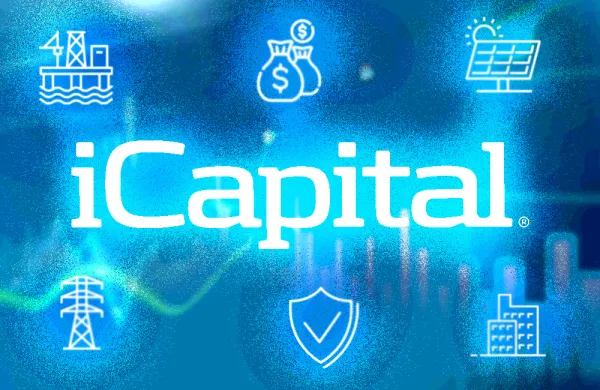Investment offices have always had guardrails ranging from policy statements to S.E.C. examinations to auditors. And their governing bodies above them have sought to further protect their organizations from harm whether it be losses from rogue actions or headline risks from association with bad actors. There are now even law firms that specialize in class actions around fee appropriateness which keeps many fiduciaries walking on eggshells (and dealing with ulcers). I know this for a fact, now having served as an expert witness to a couple of litigations. To this end, investment oversight has traditionally been viewed as an enterprise risk obligation with only downside risk. However, recently there’s been growing evidence that improved governance serves a second function- both enhancing the standard of fiduciary care as well as being a strategic soundboard. Investment performance has traditionally only been explained (accounted for) by asset allocation, manager selection, and a small residual balance (or sometimes thought of as the “implementation cost”). However, there’s more understanding that a quantitative explanation of past results does not ultimately reflect the qualitative explanation of potential or intended performance. And that even the contribution from manager selection is strengthened with governance that improves and enables a higher frontier. Today, we are revisiting some of the conclusions from Keith Ambachtscheer’s early work.
The larger investment houses are witnessing the value-add to performance as well as program alignment by ensuring governance at the top provides strategic direction, independent care and skilled analysis. This inclusive assessment of an organization’s needs is frequently identified by leading management consultant specialists such as Caldwell, Egon Zehnder, Heidrick & Struggles and Russell Reynolds. Their strategic advisory search activity in today’s competitive market being to assess the talent gaps and resources needed to ensure that investment programs are fulfilling (and ideally exceeding!) both their responsibilities and potentials in an increasing complex and rapidly growing industry. A common theme in recent recruitment has been the need to raise in the investment expertise bar as the corresponding investment landscape has become more alternative centric and complex, making oversight more nuanced to be effective. For example, “discrepancy testing” is a technical skill commonly used for oversight which evaluates an investment’s actual performance versus its strategy’s performance. Along with the rise in alternatives such as hedge funds, discrepancy testing has become more of art than a science. As a board advisor to a large platform, industry advocate David Holmgren recently validated the positive correlation found between governance and performance of manager selections. He summarized the governance function as “part forensic accountant and part market strategist”. And to be effective, one needs to toggle between the weeds and clouds so that when “pulling on the threads being skilled enough to know when to keep on pulling”.
On the heels of regulatory changes coming out of DC, there’s heightened interest in the inclusion of alternative assets within wealth investment channels. Much attention recently has focused on cryptocurrency, private/public hybrid assets, private equity, private real estate and private credit as the five newest alternative classes to battle for inclusion in the US’s burgeoning retail market. As the high net worth marketplace seeks comprehensive portfolios, Deloitte and McKinsey foresee trillions of dollars in new capital flowing into asset classes once considered capacity limited. Alternative houses are partnering with distribution channels to expedite their market penetration. Examples of this collaboration include KKR with Capital Group; Blackstone with Vanguard and Wellington; Apollo with SSGA. When asked his impressions of how industry governance will change as alternatives become mainstay, Holmgren stated he expects certainly more attention on disclosures in areas such as liquidity and derivatives but that the main development will be that “since governance is ultimately strategic, I expect we will need to be more holistic and thoughtful to achieve best in class”.
Institutional Investor’s 4th Annual Sub-Advisory & Manager Research Central Roundtable
The 1.5-day meeting will gather senior executives responsible for manager research, selection, and due diligence from mutual fund companies, OCIOs, insurance firms, retirement platforms, and other asset managers. It will foster open debate, discussion, and relationship-building. The core goals of our SAI Roundtable are to inform, educate, and connect a community of gatekeepers and managers within the sub-advisory space.
Attendance is complimentary.
Dates: November 4, 2025 – November 5, 2025
Location: Park Hyatt Chicago
RSVP HERE
Cynthia Steer is the Senior Advisor at Institutional Investor and Chair of MissionSquare Retirement Investment Committee
Market Intelligence Is Independent of the Institutional Investor Magazine Newsroom.






